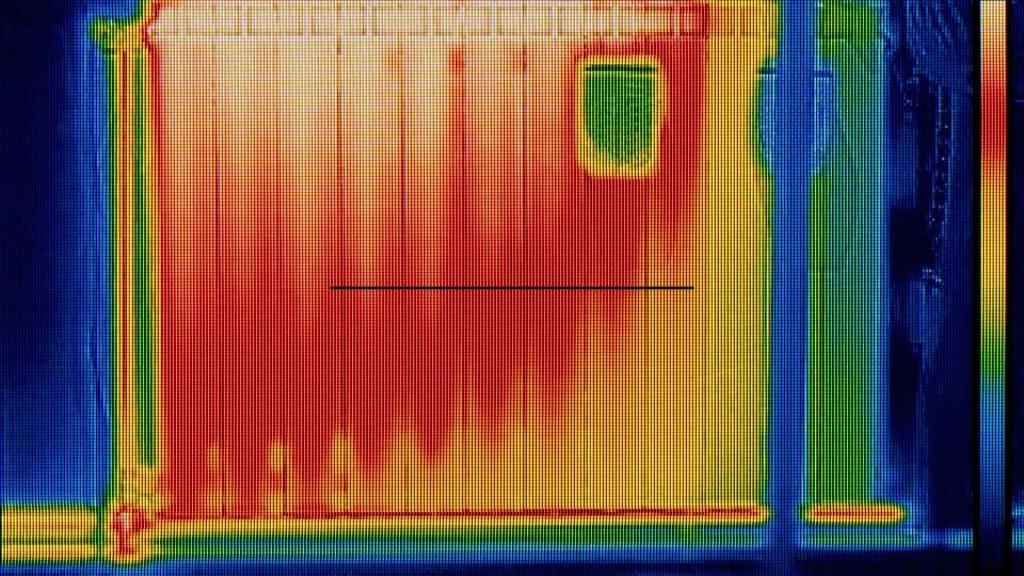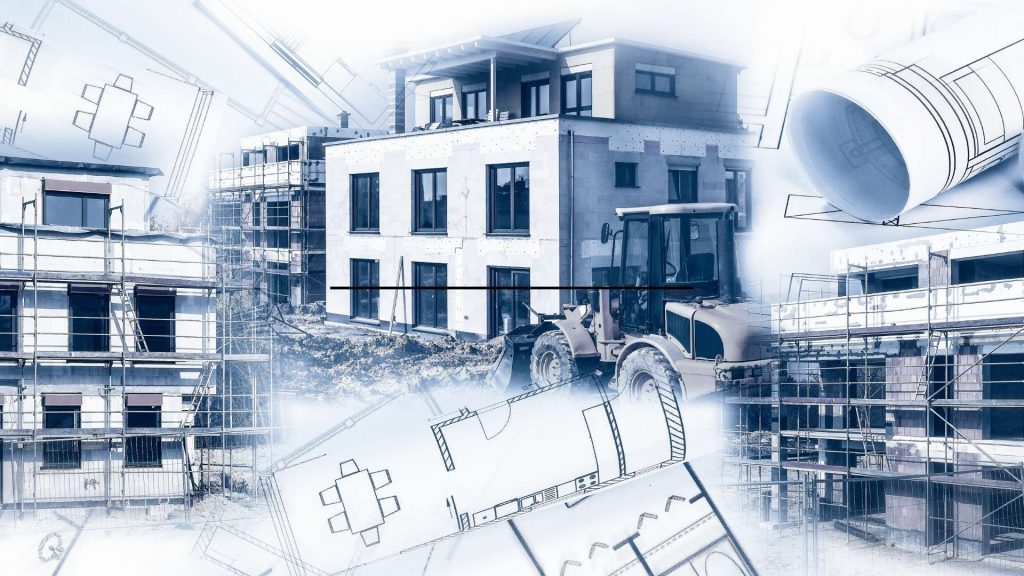Part L Building Regulations
There are two main options for the forthcoming UK Building Regulations, Part L and F. Part L sets the minimum efficiency standards for existing homes, while Option F introduces a new method for calculating whole house heat losses. These two options are not yet final. Both are likely to be implemented before 2022, so you should start planning your renovations now. For more information, see the full list of changes in Part L and F.
The updated regulations also include amendments to existing Approved Documents. The new Approved Document L applies to new dwellings, while Approved Document F applies to existing buildings. The new regulations focus on measures to reduce carbon emissions and improve the air quality in homes. Planning applications are still allowed to be submitted before the deadline, but the transition period will apply to any existing homes. However, existing homes will be impacted more than new builds.
Approved Documents F and L
The new Approved Documents F and L, for the Part O Building Regulations UK 2022, focus on the energy performance of new buildings. These regulations introduce a new principal performance metric, “primary energy”, which aims to measure energy efficiency by taking into account the energy used to heat the building and the energy used to produce fuel. These new metrics are likely to cause confusion and could change over time. Instead, we should be using measurable metrics that are meaningful.

These regulations are set to come into effect on 15 June 2022. Existing buildings registered before the date of the changes are exempt from the changes. This applies to new construction as well as work that was completed prior to the date of the regulations. Under the new regulations, all new homes and other buildings must reduce carbon emissions by 30%, and be net zero ready by 2050.
Evacuation alert systems
To comply with the new code of practice requirements, evacuation alert systems must meet the requirements of BS 8629. BS 8629 requires that a system is designed to minimise the risks of multiple alarm zones failing simultaneously. To reduce the risk of failure, a system should be designed with diversified cable routes and large loop sizes. The evacuation alert system must also be separately circuited to minimise the risk of failure of other systems in the building.
A secure information box in tall residential buildings will be required by law to provide firefighters with important information about the building in the event of a fire. In an emergency, this box will alert residents to the evacuation strategy. This change is part of a wider package of reforms which will address recommendations from the first phase of the Grenfell Tower Inquiry. The new regulations are effective from the date of their introduction in 2022.
Cost of compliance
The cost of Part O Building Regulations compliance in the UK will rise by over a third by 2022. The headline element is a 27 per cent average reduction in operational carbon in non-domestic buildings. While the regulations will be introduced at the start of 2022, some parts of the building industry are already ready. In the capital, developers may be doing business as usual. In other parts of the country, the changes may be a change for the better.
Under the new regulations, new residential buildings must be designed to prevent excessive heat build-up in a home. Part O splits England into two risk zones: high-risk areas and moderate-risk areas. A building may need to be insulated and rewired to comply with the new rules. Buildings must also be equipped with a system to limit the risk of overheating. This is referred to as dynamic thermal modelling.
Alternative route to compliance
In an increasingly climate-conscious world, a new Alternative Route to Part O Building Regulations UK 2022 conformity is on the horizon. With the new regulations, you can still get a compliant home while meeting the latest green building standards. The new regulations are largely aimed at reducing the amount of carbon dioxide that a building emits and are also expected to reduce energy bills. They are likely to bring about a shift away from fossil-fuelled heating towards more environmentally friendly sources.
This alternative route is a stepping stone to the introduction of the Future Buildings Standard. These changes are a preparatory and interim measure before the more comprehensive changes expected in three years’ time. The new regulations will cover both domestic and non-domestic buildings. These changes will affect several elements of the Building Regulations, including Part L, which aims to reduce carbon emissions, and Part F, which focuses on good indoor air quality.




